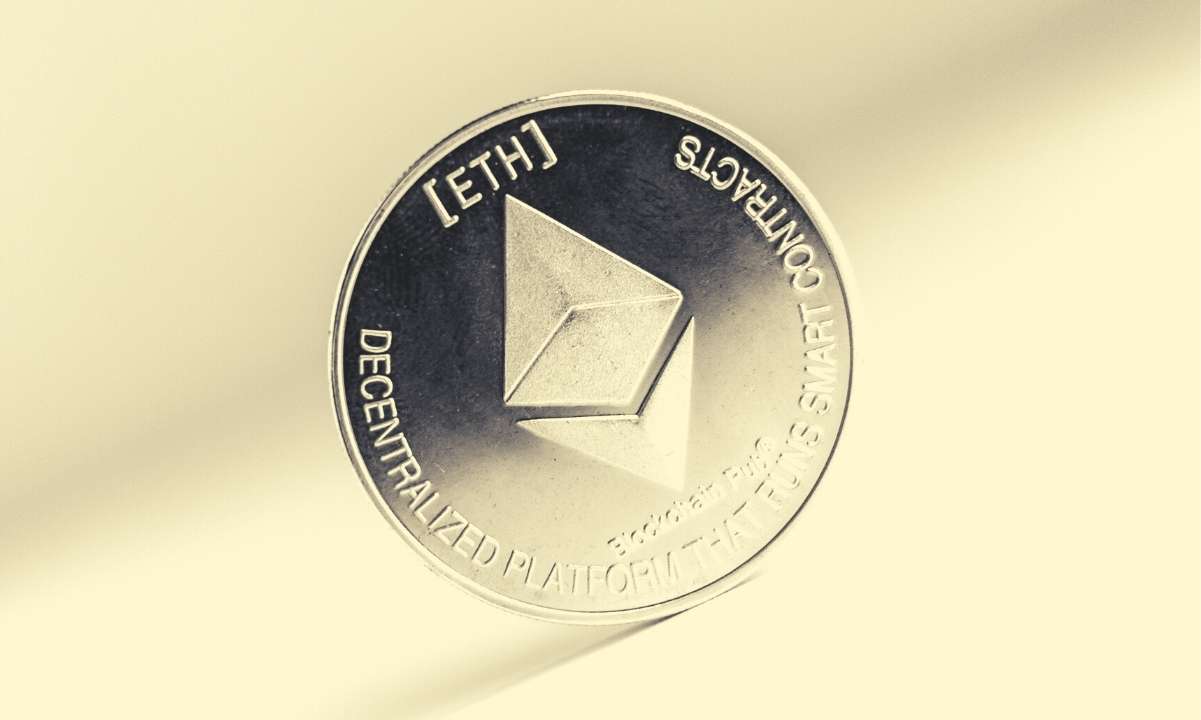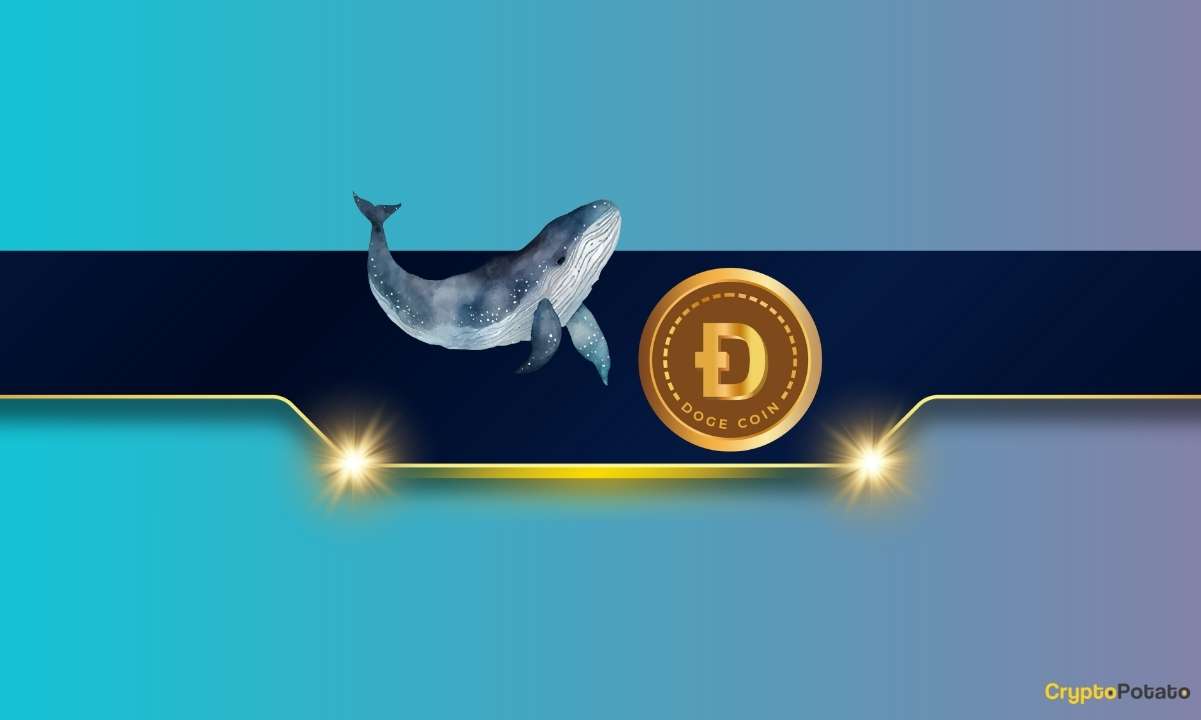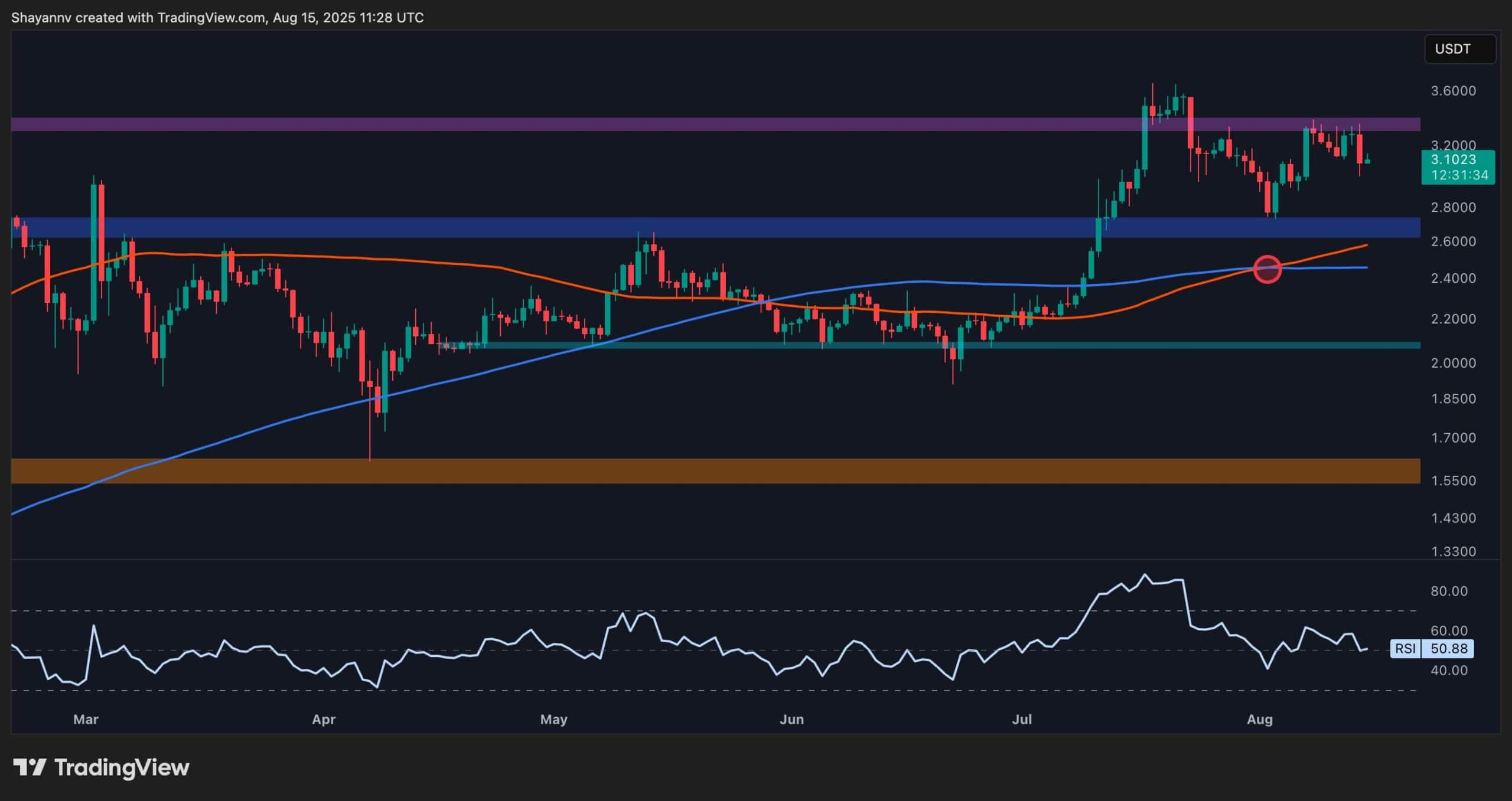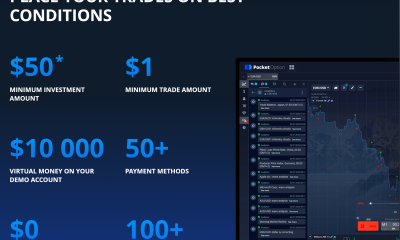Cryptocurrency
RISC-V on Ethereum: Scalable Future or Risky Reboot?

Just over a year after the Dencun upgrade gave Layer 2 networks a massive boost, and only months before the much-anticipated Fusaka release, Ethereum co-founder Vitalik Buterin floated a bold proposal.
In an April forum post, he suggested the network could eventually replace its longtime workhorse, the Ethereum Virtual Machine (EVM), with RISC-V, a low-level, open-source instruction set architecture.
The Allure of a New Foundation
For those unfamiliar, the EVM is the execution engine powering every smart contract on Ethereum. It translates Solidity code into machine-level instructions and governs how contracts interact. It’s been the backbone of Ethereum since its inception. So when Buterin brought up the idea of swapping it out, it sent ripples through the community.
His reasoning is rooted in long-term scalability:
“The beam chain effort holds great promise for simplifying the consensus layer,” he wrote. “But for the execution layer to see similar gains, this kind of radical change may be the only viable path.”
Buterin argued that a RISC-V-based virtual machine could drastically speed up zero-knowledge proof generation by up to 100 times. This could be a game-changer for zk-rollups, which are seen as Ethereum’s best shot at scaling securely. By removing the need to translate code twice, from Solidity to EVM, and then to zk-friendly formats, RISC-V could streamline proof generation and reduce computational costs.
However, it’s one thing to float an idea, and it’s another to overhaul the very heart of the Ethereum ecosystem. Stuart Popejoy, co-founder and CEO of proof-of-work Layer 1 blockchain Kadena, was blunt about the scale of disruption:
“There’s no future in which there’s a large short-term disruption because it couldn’t possibly happen fast,” he told CryptoPotato. “A ‘better’ system would have to run in parallel for years as well as accumulate the network effects the EVM has.”
Popejoy, whose platform’s Chainweb EVM testnet recently went live, argues that replacing the EVM isn’t like switching out a database or upgrading a protocol. It’s like asking the internet to replace HTTP; theoretically possible but practically absurd.
That doesn’t mean the idea lacks merit. According to blockchain researcher Blessing Onuogu, the proposal is “complex and ambitious” but could lead to a “more scalable and efficient Ethereum.” She believes RISC-V’s performance potential might allow for more sophisticated smart contracts, ones that currently strain the EVM’s stack-based architecture.
The technical advantages of RISC-V aren’t in question. It’s open, customizable, and already used in projects like Nervos. It’s also friendly to parallel execution and zero-knowledge applications.
“ZK-STARK and ZK-SNARK rollups could reduce proving times and costs,” noted pseudonymous developer Block.nm. “With register-based execution, it’s easier to write provable programs.”
However, integrating RISC-V into Ethereum is not just a software upgrade. It’s a full ecosystem reboot. To start, smart contracts are immutable. You can’t just migrate them. As Popejoy explained, “Existing state is cryptographically tied to specific addresses on the EVM.” Rewriting contracts from scratch would be mandatory. So would re-auditing them.
And herein lies a deeper challenge: the loss of a decade’s worth of security insights.
“We’d reset 10 years of accumulated security knowledge to zero,” Popejoy warned. “We have learned a lot about the EVM; all of this would become irrelevant.”
Compatibility concerns also extend to Ethereum’s L2s. Fraud proofs on Optimism and Arbitrum rely on L1 executing EVM bytecode to validate rollup transactions. Swap out the EVM, and you break that.
“You’d have to build a full EVM interpreter in RISC-V,” Popejoy noted. “That defeats the purpose of making it cheaper and faster.”
If that’s not feasible, then L2s may be forced to become sovereign chains, splintering the ecosystem and breaking composability.
So What’s the Path Forward?
Most experts agree: there is no clean break. The only realistic scenario, according to some, involves dual-VM support for at least a decade. New contracts could use the faster RISC-V architecture while legacy ones would continue running on the EVM. Over time, developers might migrate voluntarily if the benefits are clear and the tooling is robust.
“Dual VM support would give developers flexibility,” Onuogu said. “It allows time to adapt and ensures continuity.” She emphasized the need for a gradual rollout, similar to how zk-rollups were introduced without disrupting existing apps.
Meanwhile, L2 developers should already be preparing. Block.nm recommends investing in modular architectures today, abstracting proof systems, decoupling settlement layers, and experimenting with alternate compilers like LLVM IR and WebAssembly. “Don’t rely exclusively on Solidity,” they cautioned.
But even with preparation, the migration won’t be easy. Ethereum is home to tens of thousands of apps, billions in value, and millions of users. Each has different dependencies. A new VM must somehow honor those relationships or risk fragmenting the community. And yet, the conversation around replacing the EVM reflects a larger truth: Ethereum must evolve.
While the Dencun and Pectra upgrades addressed key bottlenecks, they only pushed scaling so far. The network’s base layer is still burdened by complexity, slow execution, and monolithic design. As Buterin and others have noted, long-term sustainability may demand simpler, cleaner architecture, especially with competitors like Solana, Sui, and modular rollup frameworks chipping away at Ethereum’s dominance.
That’s why proposals like EIP-7983, which caps gas usage per transaction, are gaining momentum. They promise greater predictability, faster block propagation, and better support for zk execution, all while minimizing disruption. These incremental changes are a reflection of Ethereum’s emerging design ethos: simplify where possible, preserve where necessary.
RISC-V is no silver bullet, though. And as Popejoy said, it may never replace the EVM. But it opens the door to experimentation. If Ethereum wants to remain the world’s leading programmable blockchain, it can’t rest on its legacy stack.
“Ethereum’s evolution isn’t about replacing everything we’ve built,” Onuogu concluded. “It’s about building what comes next, carefully, openly, and with the whole ecosystem in mind.”
That evolution may take 10 years or more, but it looks like it has already begun.
Binance Free $600 (CryptoPotato Exclusive): Use this link to register a new account and receive $600 exclusive welcome offer on Binance (full details).
LIMITED OFFER for CryptoPotato readers at Bybit: Use this link to register and open a $500 FREE position on any coin!
Cryptocurrency
Ethereum Foundation, Whales, and Hackers: What’s Driving the ETH Sell-Off?

TL;DR
- Whales, hackers, and the Ethereum Foundation wallets moved over $500M in ETH through large sales and withdrawals.
- Ethereum transfers rose to 4.6M ETH, nearing the monthly high of 5.2M recorded in July.
- Staking inflows hit 247,900 ETH, the highest in a month, locking more supply from trading.
Large Withdrawals and Whale Activity
Ethereum (ETH) has seen heavy movement from major wallets over the past few days. On-chain data from Lookonchain shows a newly created wallet pulled 17,591 ETH, worth $81.62 million, from Kraken in just two hours.
Over three days, two new wallets withdrew a combined 71,025 ETH, valued at $330 million, from the exchange.
One of these wallets, address 0x2A92, has withdrawn 53,434 ETH, worth $242.34 million, in two days. This includes a recent purchase of 30,069 ETH, valued at $138.46 million, during a market drop.
Major ETH Holders Offload Millions Amid Price Rally
In contrast, several separate entities have been disposing of some ETH holdings. A wallet tied to a hacker address 0x17E0 sold 4,958 ETH for $22.13 million at $4,463, securing a profit of $9.75 million. Earlier this year, the same address sold 12,282 ETH at $1,932 and later bought back part of the amount at higher prices.
A different whale sold 20,600 ETH for $96.55 million over the past two days, generating a profit of more than $26 million after holding the position for nine months.
Meanwhile, an Ethereum Foundation-linked wallet, 0xF39d, sold 6,194 ETH worth $28.36 million in the last three days at an average price of $4,578.
Recent sales from the same wallet included an additional 1,100 ETH and 1,695 ETH for over $12.7 million combined.
The #EthereumFoundation-linked wallet(0xF39d) sold another 1,300 $ETH($5.87M) at $4,518 ~11 hours ago.
Over the past 3 days, this wallet has sold a total of 6,194 $ETH($28.36M) at an average price of $4,578.https://t.co/4hfCWymHVG pic.twitter.com/ErUyEY8SJy
— Lookonchain (@lookonchain) August 15, 2025
Network Activity on the Rise
CryptoQuant data shows Ethereum’s total tokens transferred have been climbing since August 9. After ranging between 1 million and 3 million ETH through late July and early August, transfers have risen to 4.6 million ETH, approaching the monthly high of 5.2 million recorded in mid-July. This increase has occurred alongside a price rally from about $3,400 to $4,600.
Interestingly, staking inflows generally stayed between 20,000 and 80,000 ETH per day over the past month. On August 14, inflows jumped to 247,900 ETH, the highest in the period.
At the time, ETH was trading near $4,600. Large staking deposits reduce the amount of ETH available for immediate trading, as staked coins are locked for a set period.
In the meantime, ETH trades at $4,647 with a 24-hour volume of $68.25 billion, down 2% on the day but up 19% over the week.
Binance Free $600 (CryptoPotato Exclusive): Use this link to register a new account and receive $600 exclusive welcome offer on Binance (full details).
LIMITED OFFER for CryptoPotato readers at Bybit: Use this link to register and open a $500 FREE position on any coin!
Cryptocurrency
Massive DOGE Whale Activity Hints at $1 Breakout

TL;DR
- Whales bought two billion DOGE this week, lifting their combined holdings to 27.6 billion coins.
- A single 900M DOGE transfer worth $208M to Binance drew attention to large exchange movements.
- DOGE broke key resistance, with momentum building for a possible push toward the $1 price mark.
Price and Market Moves
Dogecoin (DOGE) traded at $0.23 at press time, slipping 4% over the past day but still showing a 2% gain for the week. Daily turnover came in at about $6.18 billion.
Meanwhile, the broader crypto market saw over $1 billion in liquidations. Hotter-than-expected US Producer Price Index data pushed traders to scale back expectations of a near-term Federal Reserve rate cut. DOGE had roughly 290,500 coins liquidated during the sell-off.
On the two-week chart, analyst Trader Tardigrade notes that DOGE has cleared a downward-sloping resistance line after completing what appears to be a “wave V” in an Elliott Wave sequence. Similar setups in the past, where prolonged declines stayed within falling channels before breaking higher, have been followed by sharp rallies.
$Doge/2-week#Dogecoin is gaining strong momentum to surge above $1 pic.twitter.com/TuSEKr19nv
— Trader Tardigrade (@TATrader_Alan) August 15, 2025
Momentum gauges are also turning up. The Stochastic RSI, which had dropped into oversold territory, is now heading higher. Previous reversals from this zone have coincided with sustained upward moves. The current formation points to a possible run that could carry DOGE past the $1 mark.
Heavy Whale Buying and Large Transfers
As reported by CryptoPotato, blockchain data shows large investors have added two billion DOGE in the past week, spending just under $500 million. That brings their holdings to about 27.6 billion coins, or 18% of the supply. The buying streak has prompted speculation within the community.
Recently, Whale Alert flagged a 900 million DOGE transfer worth about $208 million into Binance. The tracking indicates that it originated from a wallet connected to the exchange, likely as an internal activity. The address involved holds 2.88 billion DOGE, one of the largest balances on the network.
Ali Martinez also reports that transactions above $1 million reached a one-month high, with activity building since early August and peaking as DOGE traded at $0.25.
Whales are back! Dogecoin $DOGE activity at a 1-month high. pic.twitter.com/C83Pv68mCt
— Ali (@ali_charts) August 14, 2025
Sentiment Building
Analyst Gordon described the current setup as “a nice bit of consolidation” before a potential breakout, adding,
“This will be one of the first coins normies FLOCK to & the pump will be MASSIVE.”
With whale accumulation rising, high-value transfers increasing, and a bullish technical pattern in play, DOGE is positioned for a potential push toward $1 if momentum holds.
Binance Free $600 (CryptoPotato Exclusive): Use this link to register a new account and receive $600 exclusive welcome offer on Binance (full details).
LIMITED OFFER for CryptoPotato readers at Bybit: Use this link to register and open a $500 FREE position on any coin!
Cryptocurrency
Ripple Price Analysis: XRP at Risk as Key Support Levels Could Trigger Sharp Drop

XRP has recently entered a consolidation phase after a strong rally earlier this summer, with the price action now hovering around key resistance levels on both its USDT and BTC pairs. Yet, while momentum has slowed, the charts still indicate a generally bullish structure, with multiple key support levels remaining firmly in place.
Technical Analysis
By ShayanMarkets
The USDT Pair
On the XRP/USDT daily chart, the price is currently trading near the $3.10 mark, facing a strong resistance zone around $3.40. This follows a breakout above the $2.70 range in July, which has now flipped into a support area.
Both the 100-day and 200-day moving averages are also trending upward and recently formed a bullish crossover around $2.45, reinforcing the medium-term bullish sentiment. If the $3.40 resistance breaks, a push toward the critical $4.00 range becomes likely.
However, the RSI hovering near the neutral 50 level suggests a lack of strong momentum for now, meaning a short-term pullback into the $2.80 support zone is still possible.
This zone will be key for maintaining the bullish structure. Losing it could open the door for a deeper correction toward the 200-day moving average located around the $2.40 mark. Yet, as long as the price stays above the moving averages, the broader trend remains bullish.
The BTC Pair
Looking at the XRP/BTC chart, the pair has recently pulled back after hitting the 3,000 SAT resistance, with the price currently around 2,600 SAT.
This follows a clean breakout above the long-term descending channel and a successful retest of its upper boundary, which coincided with the 200-day moving average and the 2,400 SAT support zone. This confluence remains a key bullish technical factor, as holding above it could attract renewed buying pressure.
That said, RSI levels around 48 show that momentum has cooled after the sharp July rally, meaning XRP may continue ranging between 2,400 SAT and 3,000 SAT in the near term. A decisive close above 3,000 SAT would likely open the path to the 3,400 SAT zone, while losing 2,400 SAT could shift the bias back toward 2,000 SAT support. For now, the structure still favors the bulls as long as higher lows remain intact.
Binance Free $600 (CryptoPotato Exclusive): Use this link to register a new account and receive $600 exclusive welcome offer on Binance (full details).
LIMITED OFFER for CryptoPotato readers at Bybit: Use this link to register and open a $500 FREE position on any coin!
Disclaimer: Information found on CryptoPotato is those of writers quoted. It does not represent the opinions of CryptoPotato on whether to buy, sell, or hold any investments. You are advised to conduct your own research before making any investment decisions. Use provided information at your own risk. See Disclaimer for more information.
Cryptocurrency charts by TradingView.

 Forex3 years ago
Forex3 years agoForex Today: the dollar is gaining strength amid gloomy sentiment at the start of the Fed’s week

 Forex3 years ago
Forex3 years agoUnbiased review of Pocket Option broker

 Forex3 years ago
Forex3 years agoDollar to pound sterling exchange rate today: Pound plummeted to its lowest since 1985

 Forex3 years ago
Forex3 years agoHow is the Australian dollar doing today?

 Cryptocurrency3 years ago
Cryptocurrency3 years agoWhat happened in the crypto market – current events today

 World3 years ago
World3 years agoWhy are modern video games an art form?

 Commodities3 years ago
Commodities3 years agoCopper continues to fall in price on expectations of lower demand in China

 Economy3 years ago
Economy3 years agoCrude oil tankers double in price due to EU anti-Russian sanctions





















